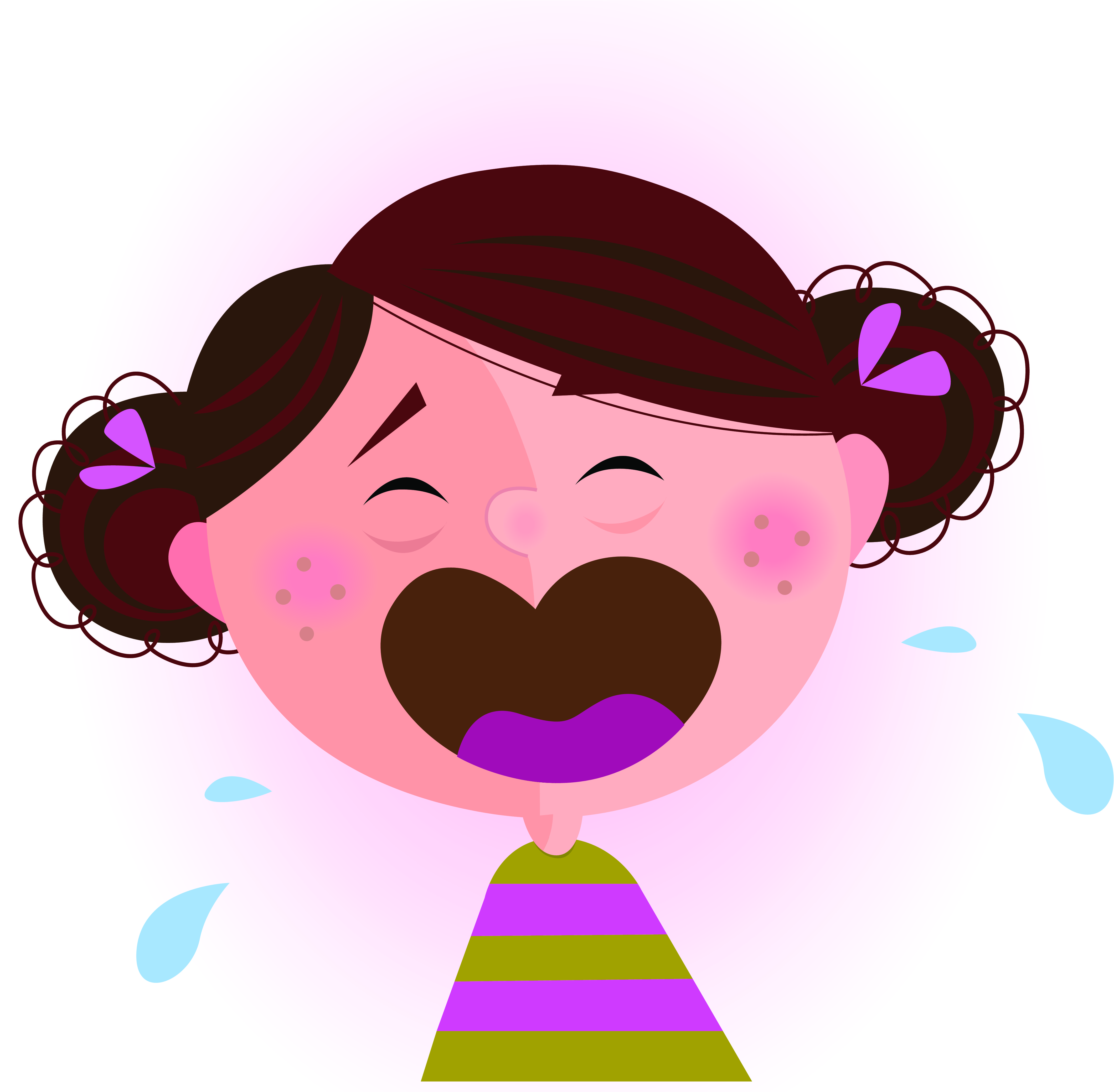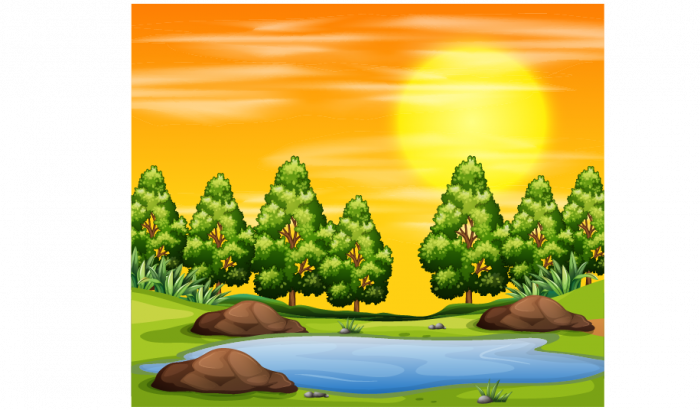"Your writing can become a master piece, painting vivid pictures with every word!'
Sounds good, right? Let's make it happen!
In your writing, you can use literal or figurative language. What's the difference between the two?
Literal Language:
Literal language is language that is plainly stated and is often found in non-fiction texts.
Literal language means exactly what it says!
For example: 'The grass looks green'.
.jpg)
Figurative language:
Figurative language is more commonly used in fictional writing.
It will add extra detail, depth and meaning to a sentence.
There are many forms of figurative language that you can use in your writing. Let's take a look at some of them below.
Simile
A simile is when you compare one thing to another using 'like' or 'as'.
For example:
'The mixture is as sticky as chewing gum.'
'He moves like a dancer.'
Metaphor
A metaphor is when one thing is compared to another, but the comparison isn't literally true.
For example:
'She is an angel.'
'Her tears were a river flowing down her cheeks.'

Personification
Personification is when human characteristics are given to something that is not human, such as an animal or an object.
For example:
'Time flew and before we knew it, it was time to start secondary school.'
'The popcorn leaped out of the bowl.'
Pathetic fallacy
Pathetic fallacy is similar to personification, but gives emotions to the natural world.
For example:
'An angry storm.'
'The cheerful sun shone down on the valley.'

Alliteration
Alliteration is the repetition of consonant sounds near to each other.
For example:
'The sheep were silently slumbering.'
'Penny planted peonies in the pot.'
Onomatopoeia
Onomatopoeia means a word that sounds like the common sound of the object it is describing.
For example:
'Plop went the rubber duck into the bath.'
'The train called, "Choo, choo!"'

Oxymoron
Oxymoron are words close together that have opposite meanings.
For example:
'The living dead.'
'We're alone together.'
Hyperbole
Hyperbole is when exaggeration is used in writing for effect.
For example:
'The shopping cost me a million pounds!'
In this activity, you will answer a range of questions based on the devices above.
Good luck!








